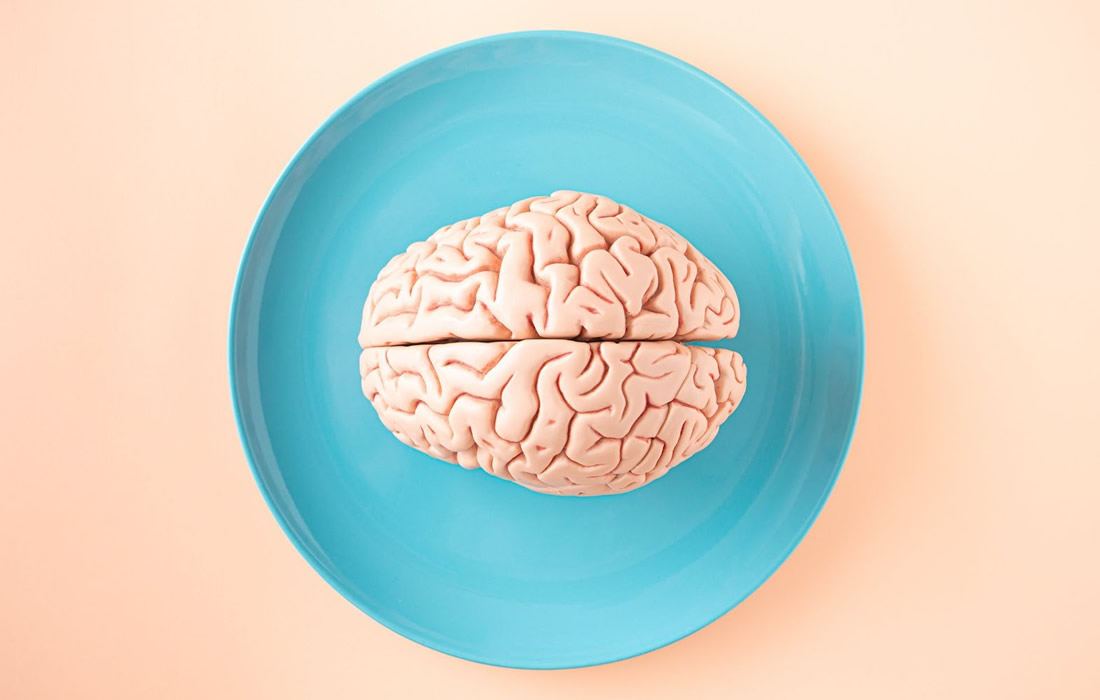Regenerative Medicine News and General Information
Gamma Rhythm Stimulation Could Treat Neurological Disorders
A surprising MIT study helped to spur interest in the possibility that light flickering at the frequency of a particular gamma-band brain rhythm could produce meaningful therapeutic effects for people with Alzheimer’s disease.
Brain rhythms (also called brain “waves” or “oscillations”) arise from the synchronized, network activity of brain cells and circuits as they coordinate to enable brain functions such as perception or cognition. Lower-range gamma frequency rhythms, those around 40 cycles a second, or Hz, are particularly important for memory processes, and MIT’s research has shown that they are also associated with specific changes at the cellular and molecular level.
“What started in 2016 with optogenetic and visual stimulation in mice has expanded to a multitude of stimulation paradigms, a wide range of human clinical studies with promising results and is narrowing in on the mechanisms underlying this phenomenon,” wrote the authors including Li-Huei Tsai, Picower Professor in The Picower Institute for Learning and Memory and the Department of Brain and Cognitive Sciences at MIT.
The authors list and summarize results from 16 clinical studies published over the last several years. These employ gamma frequency sensory stimulation (e.g. exposure to light, sound, tactile vibration, or a combination), trans cranial alternating current stimulation (tACS), in which a brain region is stimulated via scalp electrodes, or transcranial magnetic stimulation (TMS), in which electric currents are induced in a brain region using magnetic fields. The studies also vary in their sample size, design, duration and in what effects they assessed. Some of the sensory studies using light have tested different colors and different exact frequencies. And while some studies show that sensory stimulation appears to affect multiple regions in the brain, tACS and TMS are more regionally focused (though those brain regions still connect and interact with others).
Given the variances, the clinical studies taken together offer a blend of uneven but encouraging evidence, the authors write. Across clinical studies involving patients with Alzheimer’s disease, sensory stimulation has proven safe and well tolerated. Multiple sensory studies have measured increases in gamma power and brain network connectivity. Sensory studies have also reported improvements in memory and/or cognition as well as sleep. Some have yielded apparent physiological benefits such as reduction of brain atrophy, in one case, and changes in immune system activity in another. So far, sensory studies have not shown reductions in Alzheimer’s hallmark proteins, amyloid or tau.
“The most important test for gamma stimulation is without a doubt whether it is safe and beneficial for patients,” the authors wrote. “So far, results from several small trials on sensory gamma stimulation suggest that it is safe, evokes rhythmic EEG brain responses, and there are promising signs for AD symptoms and pathology. Similarly, studies on transcranial stimulation report the potential to benefit memory and global cognitive function even beyond the end of treatment.”
As the authors make clear that more definitive clinical studies are needed, they note that at the moment, there are now 15 new clinical studies of gamma stimulation underway. Among these is a phase 3 clinical trial by the company Cognito Therapeutics, which has licensed MIT’s technology. That study plans to enroll hundreds of participants.
Sources:
Cristina Blanco‐Duque, Diane Chan, Martin C. Kahn, Mitchell H. Murdock, Li‐Huei Tsai. Audiovisual gamma stimulation for the treatment of neurodegeneration. Journal of Internal Medicine, 2023; DOI: 10.1111/joim.13755
Picower Institute at MIT. “Evidence early, but emerging, that gamma rhythm stimulation can treat neurological disorders.” ScienceDaily. ScienceDaily, 21 December 2023. <www.sciencedaily.com/releases/2023/12/231221012703.htm>.
Materials provided by Picower Institute at MIT. Note: Content may be edited for style and length.
Images from:
Photo by Amel Uzonovic
https://www.pexels.com/photo/comida-plato-sano-arte-15410078/

